Sportsmen applaud proposed enhancements to a popular Farm Bill program that opens public hunting and fishing access on private lands and attracts outdoor recreation spending to many rural communities
Today, Senators Steve Daines (R-Mont.) and Michael Bennet (D-Colo.) introduced new legislation to reauthorize and expand the popular Voluntary Public Access and Habitat Incentive Program—the U.S. Department of Agriculture program that incentivizes landowners to open their property for public hunting and fishing access. The Voluntary Public Access Improvement Act of 2017 received praise from 32 sportsmen’s groups that want to see this valuable federal program continued in the 2018 Farm Bill.
“Nothing beats spending time outdoors hunting, fishing, backpacking—it’s the Montana way of life,” says Sen. Daines. “The Voluntary Public Access Improvement Act will strengthen Montana’s outdoor recreation economy and open up more space for families and sportsmen to enjoy local wildlife in Montana and across the country.”
“This program has rewarded Colorado’s farmers and ranchers for providing new opportunities for the next generation of sportsmen and women and improving wildlife habitat across our state,” says Sen. Bennet. “As we work on the next Farm Bill, we’ll continue to prioritize funding for this successful program.”
VPA-HIP is the only federal program aimed at enhancing access and opportunity on privately owned farms, ranches, and forest lands. The program grants money to states and tribes to support landowners who enroll in the program. Since its reauthorization in the 2014 Farm Bill, wildlife agencies across 29 states and tribal lands have received $40 million to expand public access and enhance wildlife habitat on more than 2.5 million acres.
“Loss of access is one of the top concerns for American sportsmen and women, especially considering the recent decline in hunter numbers,” says Whit Fosburgh, president and CEO of the Theodore Roosevelt Conservation Partnership. “The Voluntary Public Access and Habitat Incentive Program has been a signature issue of ours since the TRCP was founded, and we have worked to see it introduced, implemented, and expanded over the past two Farm Bills. Given its popularity among landowners and sportsmen, we are thrilled that this bipartisan legislation now seeks to provide more funding to enhance the program and keep up with demand.”
“When you combine the Farm Bill programs that help enhance habitat, soil health, and water quality with a stronger, more effective vehicle for opening sportsmen’s access in states that are predominantly private land, it creates a ripple effect in our rural economies,” says Howard Vincent, president and CEO of Pheasants Forever and Quail Forever. “Landowners and sportsmen see a benefit, but more access to healthier fish and wildlife habitat also drives outdoor recreation spending across small communities, from gas stations and diners to motels and sporting goods stores.”
This bipartisan bill supports one of the “Sportsmen’s Priorities for Conservation and Access in the 2018 Farm Bill” agreed upon by the TRCP’s Agriculture and Wildlife Working Group—a coalition of 24 diverse sportsmen’s groups working to enhance conservation in the next Farm Bill.
Read all of the AWWG’s recommendations for the 2018 Farm Bill here.
Learn more about the TRCP’s agriculture and private lands work here.

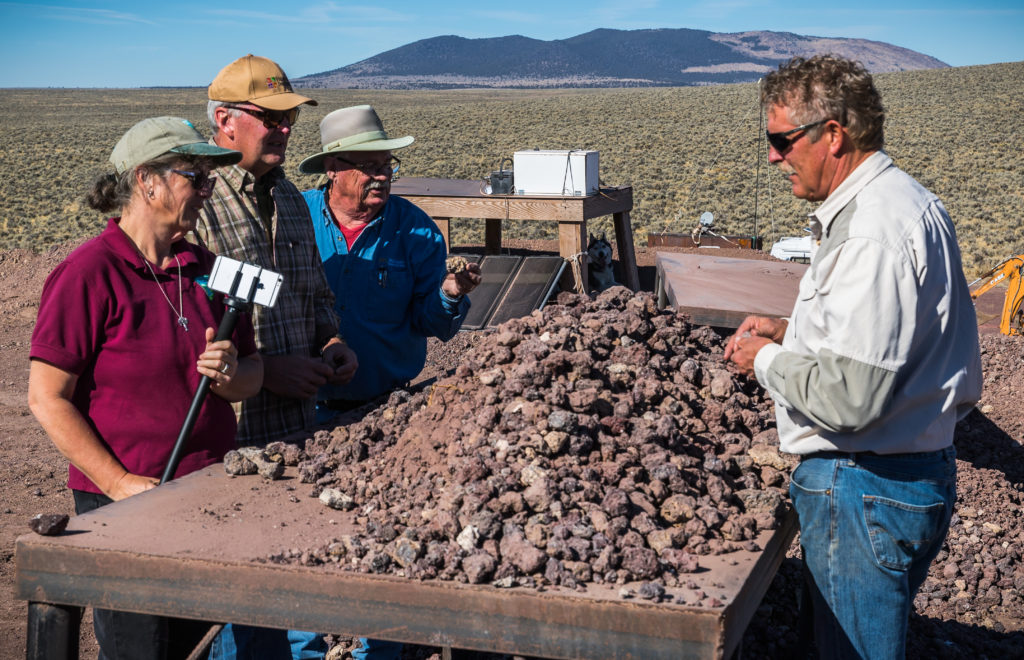
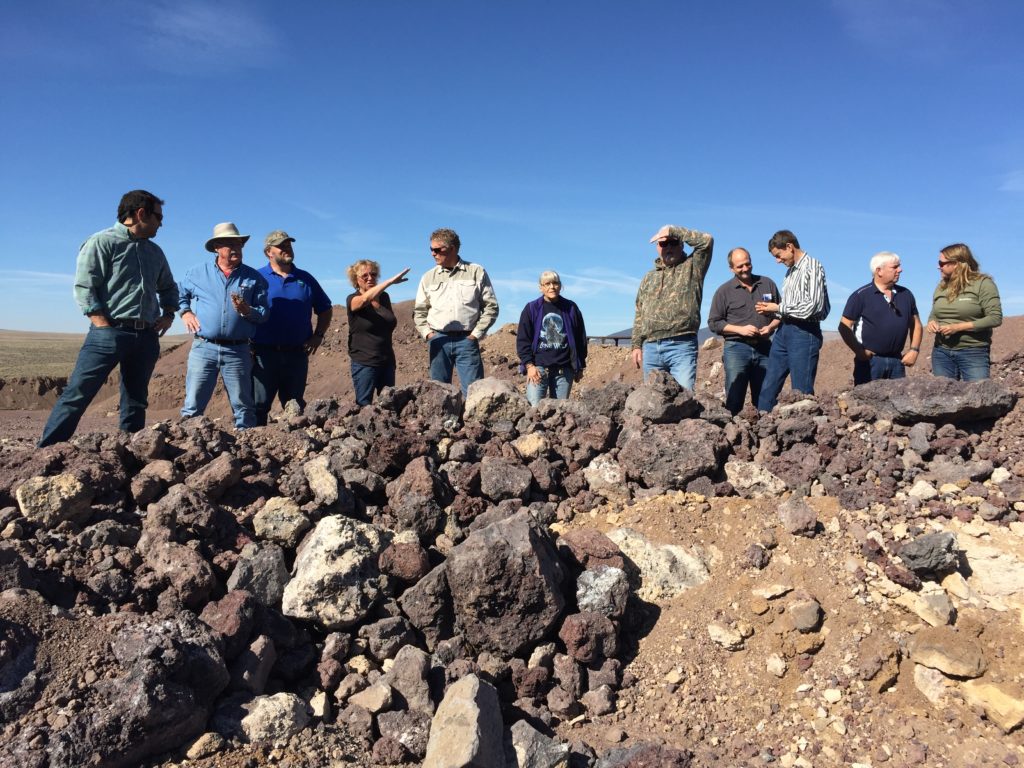
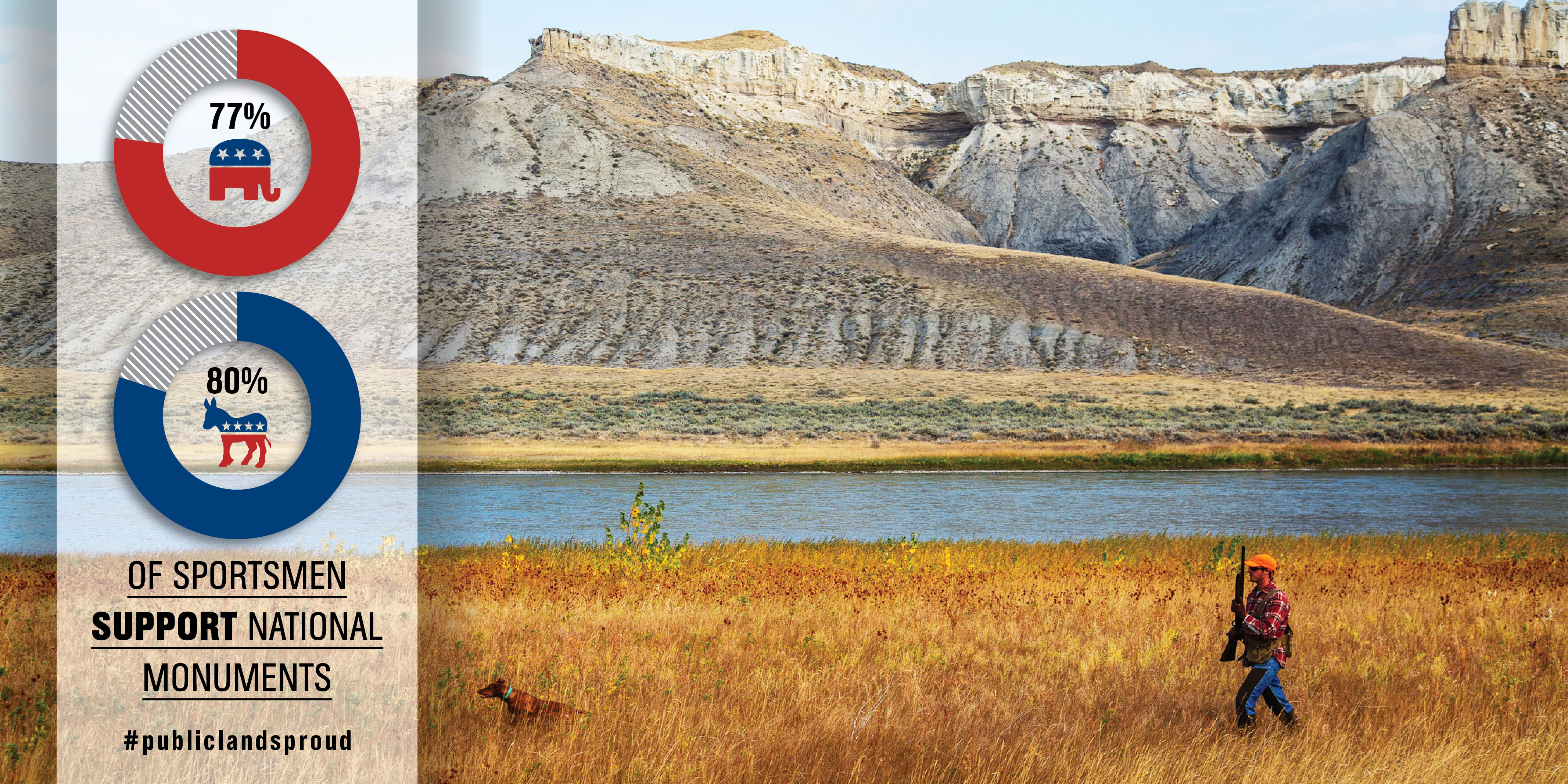
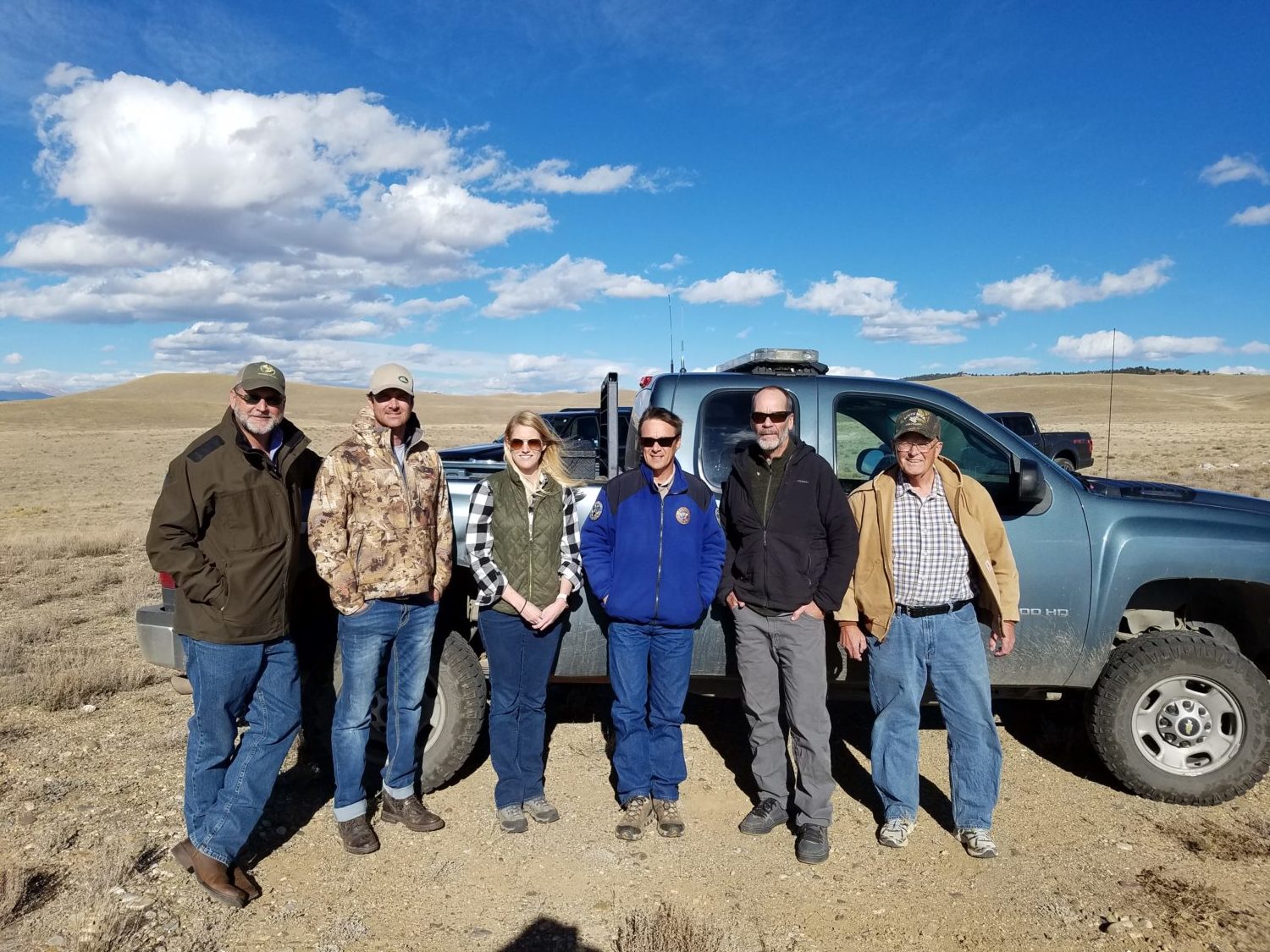
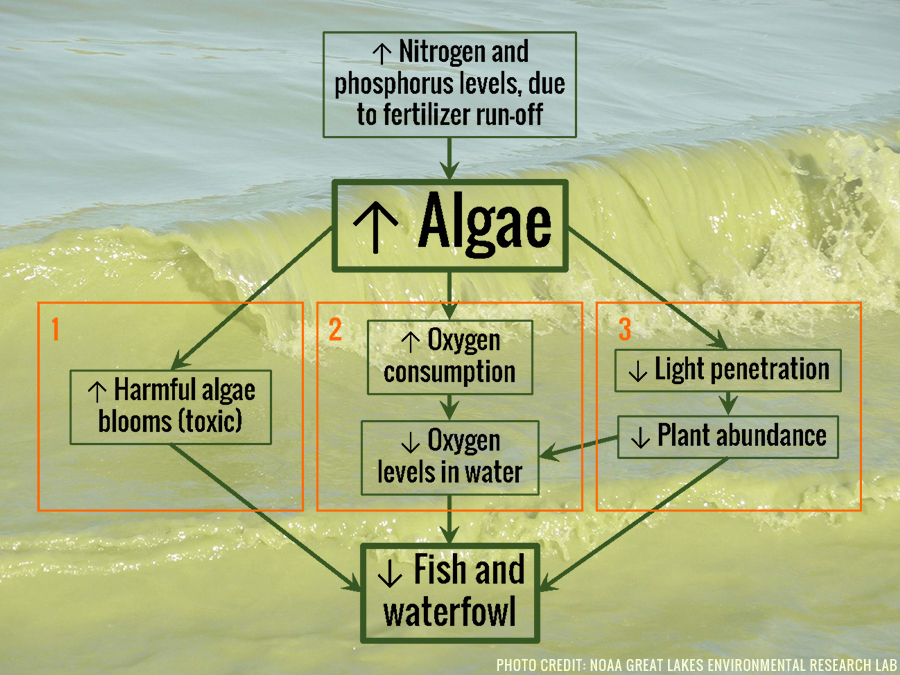




Wonderful program
I applaud the thought process, however will not work. For starters, every viable piece of property, which is private and then becomes public, can’t be regulated. When I define regulation, I define it as a 160 acre piece of property which has cattails, sloughs, or areas which would hold birds. These piece of property will be walked continuously for the duration of the pheasant season (could be 2 1/2 months in the state of ND); giving no rest for birds or the ability for birds to have the chance to reproduce because all the roosters are shot in the area or areas where there is public access.
We also have the problem in ND of people who guide on private land also get the ability to hunt public land. So during the first couple of weeks of guiding, they take their clients to all the public land. Once those birds are all shot on public land, they then can hunt their private land; huge problem and unfair to those who do not have access to private land.
Habitat- The government needs to badly bring back the CRP program. In the early 2000’s until about 2011ish….we had more pheasants and deer in the state than I can ever remember. Since the CRP programs have diminished (habitat) so have the birds and deer. This is just a common sense approach. Habitat such as sweet clover and most natural grasses have disappeared over the last 7 years. I also get the fact that grain prices have been extremely good for farmers; I can’t blame them for farming as much ground as they can, they too have a family to support. I don’t expect them to farm for free.
In closing, I have hunted for 36 years of my life. I find that hunting is starting to become a rich man’s sport…very sad indeed. Groups and clubs can do what they want, but someone has to organize and be part of these clubs. Who then gets to hunt? Well, in my experience, it is the members of these groups and clubs who have priority or know where the best spots are. So in reality, no one has changed a thing. It is virtually impossible for a person who would like to take up hunting, just to go out on a country road to find a pheasant or two, and have an OPPORTUNITY to shoot a bird….that just doesn’t exist anymore because of the control of land. At least when it comes to fishing public waters, there are no regulations on access to lakes because of state laws. We wonder why fishing is starting to become more and more popular? Well it is simple, you can’t tell me I can’t go fishing in a state lake. At least I know our game and fish department stocks lakes on a yearly basis, which in turn, gives me just as good a chance as anyone to catch fish. I wish I could say the same for hunting.
Great legislation and program. However, it has to have the cooperation of private landowners, and there are just way too many of them that are not willing to cooperate. Wildlife, and access to it, is now a valuable commodity, and landowners know it.
Part of the solution to all of this is for everybody to take a step back and recognize that non-migratory wildlife is “held in trust” (i.e. “owned”) by the people of each state. In other words, it is “public property” and is therefore subject to rules and regulations protecting public property rights.
You want to solve the problem of private property owners locking out the public from public lands they control? Simply institute laws that stipulate that private landowners will either allow access to public lands or they will forfeit the privilege that is granted by the public to hunt on their private lands (as well as the public lands which they control access to).
Similar regulations can be implemented on private lands, to a degree. While it is true that private landowners control their property, they do not own the wildlife thereon. If landowners wish to convert (i.e. hunt, harvest) publically-owned wildlife to private ownership by killing them, they will abide by reasonable regulations established that allow for the fair and equitable use of that wildlife by the public. If they don’t want to abide by those established regulations, then they don’t hunt the wildlife on their properties,…simple as that. If they wish to “control” wildlife populations, they either fence it out, or they allow some form of equitable hunting opportunity to the public that owns that wildlife.
The bottom line is that all of us have become so enamored with the ideology of “private property rights” that we have completely forgotten the same ideology regarding “public property rights”. It is time to give both equal consideration.
Leave private land alone and ban hunting in national parks. Enough is enough.
I agree with Margo, 100%. Ban hunting once and for all . Also part of the text says..”and improving wildlife habitat across our state” If the animals that live there are being killed,who is there to “inhabitate”??
“Sportsmen” what’s is sporty about taking a life? They are just plain killers.